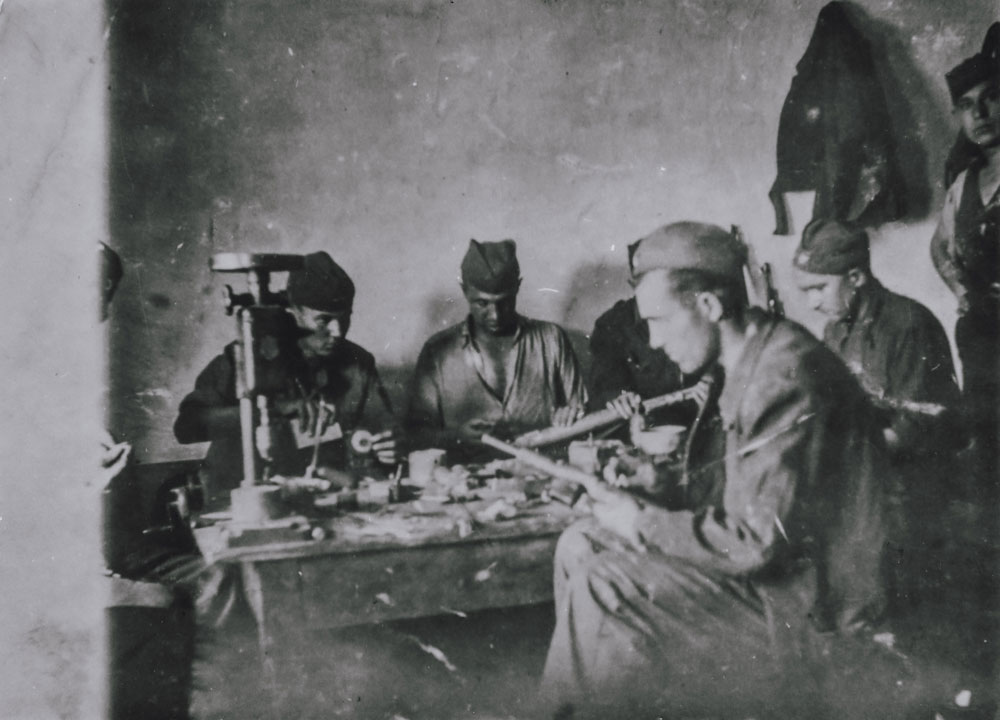Weapons Production in Grmeč
The beginning of the struggle of the Yugoslav Partisans against the fascist occupiers and their collaborators required the creation of workshops for the production and repair of firearms. For this reason, the District Committee of the Communist Party of Yugoslavia for Podgrmeč, in North-Western Bosnia, together with the People’s Liberation Committees and military authorities, began in November 1941 to list all local craftsmen. All workshops that previously served for the repair of agricultural tools were transformed into places for the repair and production of weapons. This was for exmaple the case for the workshop of Mirko Inđić, a local from Lušci Palanka at the foot of the Grmeč mountain. At the request of the Communist Party of Yugoslavia, Mirko produced hand grenades for the Partisans and repaired weapons in his workshop.
Other workshops were also established at the foot of the Grmeč mountain. In August 1941, a workshop operated in the village of Mala Rujiška in Novi Grad municipality. Two craftsmen, Dmitar Čiča and Pero Čiča Lazin, manufactured short hunting rifles in their workshop, which were highly effective in close combat. Pero Čiča, especially, excelled in weapon production, having already worked in this field before the Second World War. He gained particular respect among the partisans after he constructed a hand grenade in October 1941, which was named “cjevara” (pipe), after the water pipe from which it was made.
In 1942, another Partisan workshop was established in the village of Hašani. The experience from the previous year significantly improved the work in this workshop and it developed rapidly, primarily because various experts from the town of Ljubija, known for its mines, joined as workers. A sawmill also operated within the workshop. Soon, the workers perfected the production of various weapons: hand grenades, mines, and rifles. Additionally, they produced utensils such as pots, spoons, and other items for the needs of the army and the local population. The fascists were aware of the workshop in Hašani, located in the house of Stojan Novaković. During the war, they bombed it several times, but without significant results.
One of the largest weapons workshops was established in Ljubija, where even aircraft bombs were produced. However, after the fascists occupied this town in October 1942, the workshop was relocated to Grmeč, on the banks of the Suvajčina stream. Đuro Pucar Stari, one of the leaders of the Partisan movement in Bosnia-Herzegovina, and the commander Kosta Nađ determined the location of this workshop. This workshop operated almost without interruption, day and night. The fact that it was placed under the direct authority of the Supreme Headquarters attests to its importance.
Dino Dupanović


